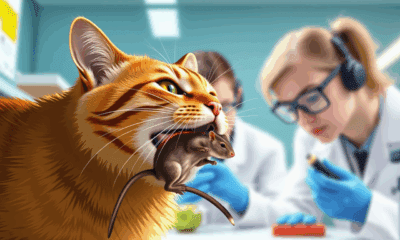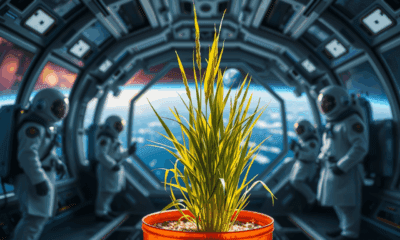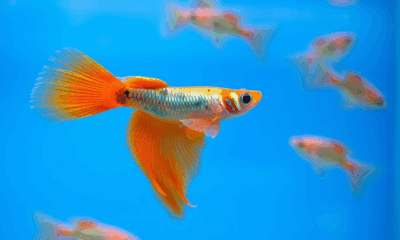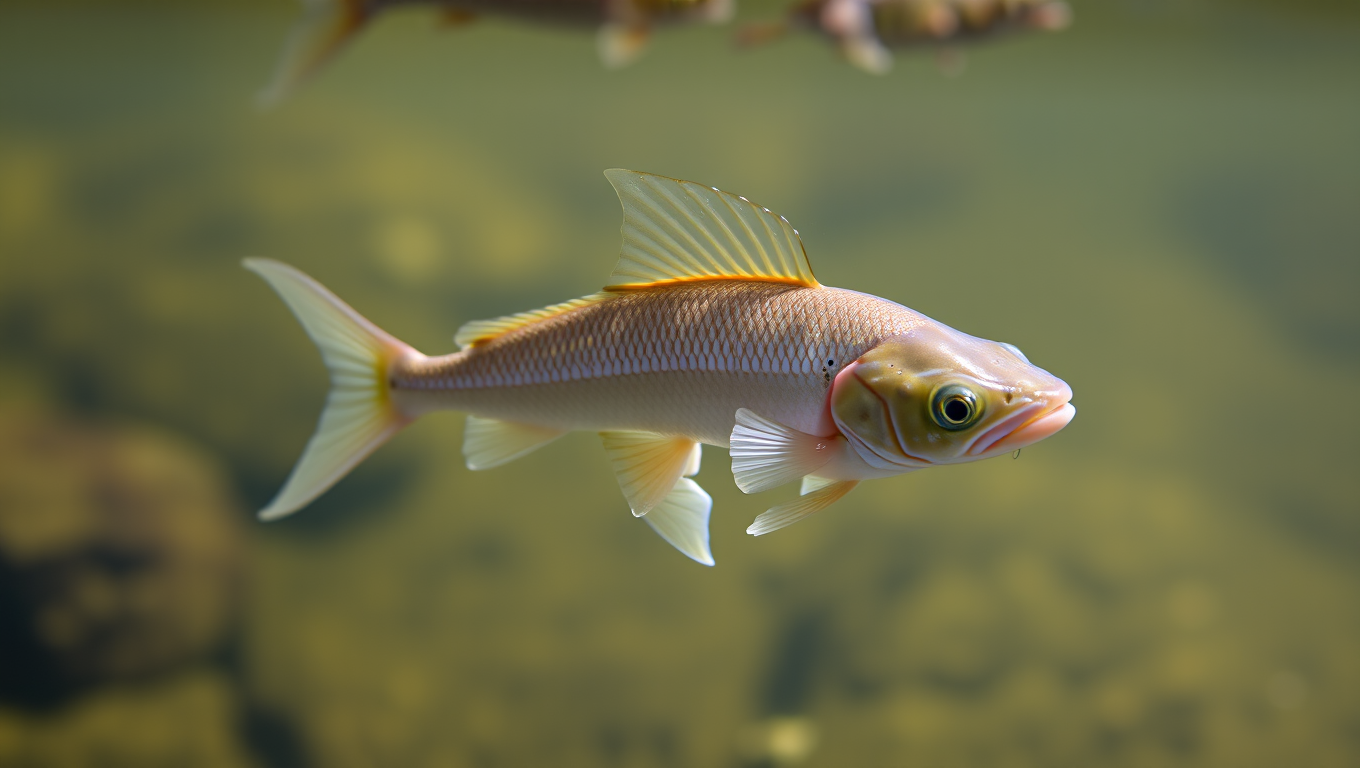While we try to keep things accurate, this content is part of an ongoing experiment and may not always be reliable.
Please double-check important details — we’re not responsible for how the information is used.
Behavioral Science
Early Detection of Wood Coating Deterioration: A Data-Driven Approach to Sustainable Building Maintenance
From the Japanese cypress to the ponderosa pine, wood has been used in construction for millennia. Though materials like steel and concrete have largely taken over large building construction, wood is making a comeback, increasingly being used in public and multi-story buildings for its environmental benefits. Of course, wood has often been passed over in favor of other materials because it is easily damaged by sunlight and moisture when used outdoors. Wood coatings have been designed to protect wood surfaces for this reason, but coating damage often starts before it becomes visible. Once the deterioration can be seen with the naked eye, it is already too late. To solve this problem, a team of researchers is working to create a simple but effective method of diagnosing this nearly invisible deterioration before the damage becomes irreparable.

Behavioral Science
“A Patchwork of Perspectives: Hong Kong Residents’ Views on Feral Buffalo in their Midst”
Feral water buffalo now roam Hong Kong s South Lantau marshes, and a 657-person survey shows they ignite nostalgia, wonder, and worry in equal measure. Many residents embrace them as living links to a fading rural past and potential conservation icons, yet others fear road blockages, safety hazards, and ecosystem impacts. Attitudes skew more positive among younger locals familiar with wildlife, while concern rises in groups with less rural exposure.
Agriculture and Food
Hovering Fish Burn Twice the Energy – Study Shocks Scientists
Hovering fish aren’t loafing—they burn twice resting energy to make micro-fin tweaks that counteract a natural tendency to tip, and body shape dictates just how costly the pause is. The discovery flips a long-held assumption about effortless neutral buoyancy and offers fresh blueprints for agile, instability-embracing underwater robots.
Agriculture and Food
“Stronger Social Ties, Stronger Babies: How Female Friendships Help Chimpanzee Infants Survive”
Female chimpanzees that forge strong, grooming-rich friendships with other females dramatically boost their infants’ odds of making it past the perilous first year—no kin required. Three decades of Gombe observations show that well-integrated mothers enjoy a survival rate of up to 95% for their young, regardless of male allies or sisters. The payoff may come from shared defense, reduced stress, or better access to food, hinting that such alliances laid early groundwork for humanity’s extraordinary cooperative spirit.
-

 Detectors3 months ago
Detectors3 months agoA New Horizon for Vision: How Gold Nanoparticles May Restore People’s Sight
-

 Earth & Climate4 months ago
Earth & Climate4 months agoRetiring Abroad Can Be Lonely Business
-

 Cancer4 months ago
Cancer4 months agoRevolutionizing Quantum Communication: Direct Connections Between Multiple Processors
-

 Agriculture and Food4 months ago
Agriculture and Food4 months ago“A Sustainable Solution: Researchers Create Hybrid Cheese with 25% Pea Protein”
-

 Diseases and Conditions4 months ago
Diseases and Conditions4 months agoReducing Falls Among Elderly Women with Polypharmacy through Exercise Intervention
-

 Albert Einstein4 months ago
Albert Einstein4 months agoHarnessing Water Waves: A Breakthrough in Controlling Floating Objects
-

 Chemistry4 months ago
Chemistry4 months ago“Unveiling Hidden Patterns: A New Twist on Interference Phenomena”
-

 Earth & Climate4 months ago
Earth & Climate4 months agoHousehold Electricity Three Times More Expensive Than Upcoming ‘Eco-Friendly’ Aviation E-Fuels, Study Reveals





























